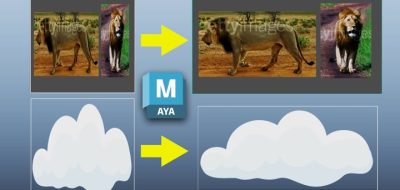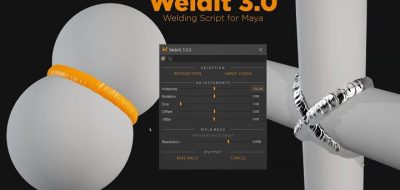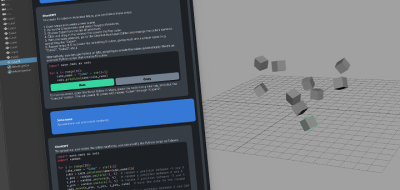Adrian Chirieac’s Puppeteer is a collection of rigging and animation tools for Maya based on a space-switching workflow.
Space-Switching is an essential concept to build and use in an animation pipeline. Now there is a collection of tools that focuses on just this. Puppeteer is a suite of rigging and animation tools that center around the spade-switching workflow. The whole premise takes inspiration from the concepts set forth by animator Richard Lico.
Richard Lico is an industry respected and award-winning animator whose work you can see in Polyarc Games’ VR adventure “Moss.”
You can download and use a trial version of Puppeteer for Maya 2022 and check out the features. “I am currently trying to reach out to experienced animators to try out my tools and gather feedback,” Chirieac mentions.
Visit the documentation to learn more.
Puppeteer Features:
- Smart rig control aware of dynamic hierarchy and space-switching.
- Seamless space-switching while preserving existing animation.
- Seamless switching between IK, FK, and Reversed FK while preserving existing animation.
- The translate/rotate/scale channels are never locked—no more need for extra offset nodes to bypass constraints locking.
- Guide lines show the various spaces and the connections between rig controls.
- Joints/skeletons are not required. The tools don’t expect joints or any predefined hierarchy. FK/IK chains can be defined for simple cubes arranged in a flat hierarchy, all sharing the same parent or none at all.
- Dynamic hierarchy. Create custom hierarchies on the fly without losing the existing animation. The real hierarchy doesn’t matter anymore; it’s only used as an organizational tool to group the rig controls.
- Rig presets. Save preferred spaces and chain information for rig controls as presets, allowing quick switching to various rig configurations on the fly.
- Export a rig to a JSON rig definition file.
- Import a rig from a file on existing objects while preserving their existing animation.
- Dynamic overlap using particle physics.






